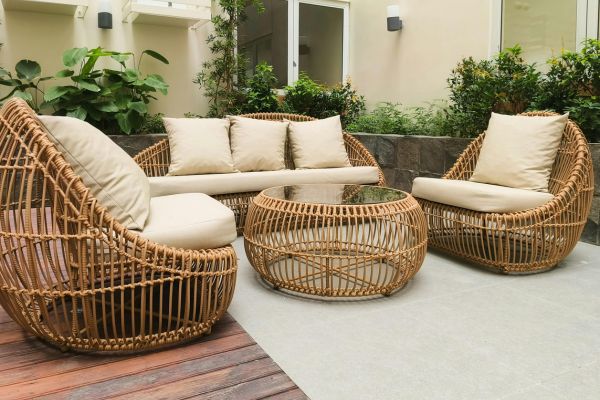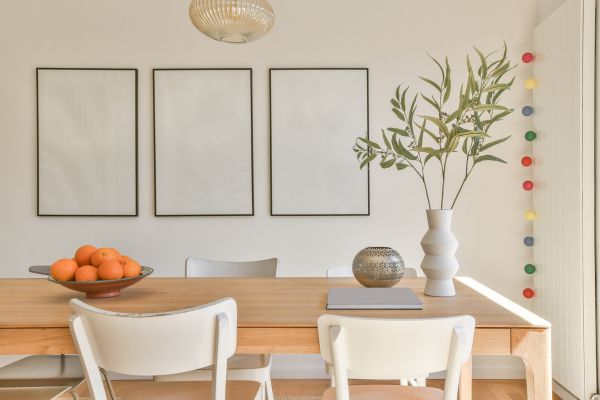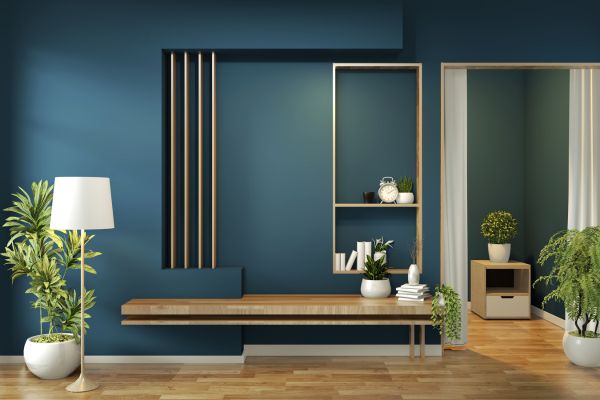Gardening can be one of the most enjoyable, relaxing and rewarding things you can do. It is one of those projects that you are only limited by a very few thing. Your limitations can be space, time and resource, but never your imagination. Regardless of those few restriction, you can still create the idea garden that you and others can enjoy. Whether you plan gardening from plant pots or from a raised bed, your greatest challenge can be getting started.
Before you begin designing or breaking ground for your garden, creating a list of ideas of what you want to plant and size your gardening will be. Another thing to consider is the type of ground or land that you will plant on. Some concerns can be is the ground leveled? Are there rocks, stumps or weeds that will require your initial attention. Even though these may be some concerns, it should not hinder you from your completing your garden.
By reading this article, many considerations for designing your garden will be addressed.
What Size of My Garden Will Be?
There can be many factors to think about regarding the size of your garden. Here are some factors to consider: Will you have sufficient time to devote towards your garden? Do you I have to space and terrain to grow the type of garden you’re planning? And will I have sufficient funds not only for my garden, but enough for unexpected changes?
One thing to keep in mind is, if you are operating in limited space this can unintentionally affect your plans. If this is the case, then you might want to look into using containers such as pots or portable planters. There is also the choice of using vertical space. If you have that option, you can hang your gardening from a ceiling or place them on shelves. Another option can be trellises, if you are dealing with small plants.
On the other hand, growing a garden in a large space will poise its own challenges too. If planting in a large space, water consideration is important. How much water will you use and when to water your garden? If you plan to plant a variety of vegetables in your garden, it may be wise to seek out assistance if you are not sure about companion planting. In doing so, you will have knowledge to what plants or vegetable grow well together.
With gardening in a small or large area, your greatest commodity you have is time. By planning the amount of time to begin your gardening and completing your project, will ultimately be based upon your availability. By having a smaller garden, you have the luxury of finishing sooner than a larger one and enjoying what you have grown sooner. A larger garden can offer the same enjoyment, but at a potentially much longer time. Lastly, regardless of size gardening requires time to for maintenance and care.
What Type of Ground I am Working With?
Many people who decide to grow a garden tend to have a relatively flat yard for gardening. Some houses you can find that are gardening are in suburban or urban areas. Even if the terrain is not ideal, gardeners have planted on hilly and sloping ground too. As you may be aware, it is much easier to plant on grounds that are leveled. One advantage to gardening on leveled grounds is, well you water your garden, and your ground can become better saturated. While gardening on a hilly or sloped terrain can possibly present many challenges. One of those challenges can be poor water saturation. No matter how much water is used, it will drain in the direction of the sloped area.
If you are dealing with a hilly area, if possible you can add soil to the ground to level it out some. If it is bumpy, you will want to fill in those depressions. Just remember, do not compact the soil that it will affect the ground’s ability to retain water.
For sloping areas, they are much easier to work with, and you can work with them as you would a flat surface. Sloping areas will require some special attention when it comes to water irrigation. Ensure that you water your garden on a slope from the top and that you have good water drainage at the bottom of the slope.
Time to Create Plotting Plan
The Plot Plan is the time that is spent writing the steps necessary for your gardening. It is essential to not ignore this step. In doing so, it will help you from making costly and irreversible mistakes along the way. Even though gardening can be a very simple and enjoyable thing to do, but not planning it out can be a serious challenge of sorts.
One of the easiest ways to draw out a plot is the use of graph paper if you have it. If not, the school in your neighborhood or office supply stores will have some. The reason for graph paper is grid lines are already on it and will make drawing straight lines very easy. You can also draw out a garden to scale too.
One thing that most gardeners will do is, use the scale on graph paper as 1 foot of the garden. You may want to take a measurement of the ground you tend to use for a garden, and then make those measurements on your graph paper. If it does not turn out to be exactly, no worries, it’s only a draft.
Remember when plotting for your garden; ensure you put in consideration what types of vegetable or plant containers you will use. If you plan to on a raised bed, than it will be much easier to work with, a raised bed is not planting directly into the soil on the ground. But rather, creating raised pottery platform as small as 4 feet by 4 feet.


